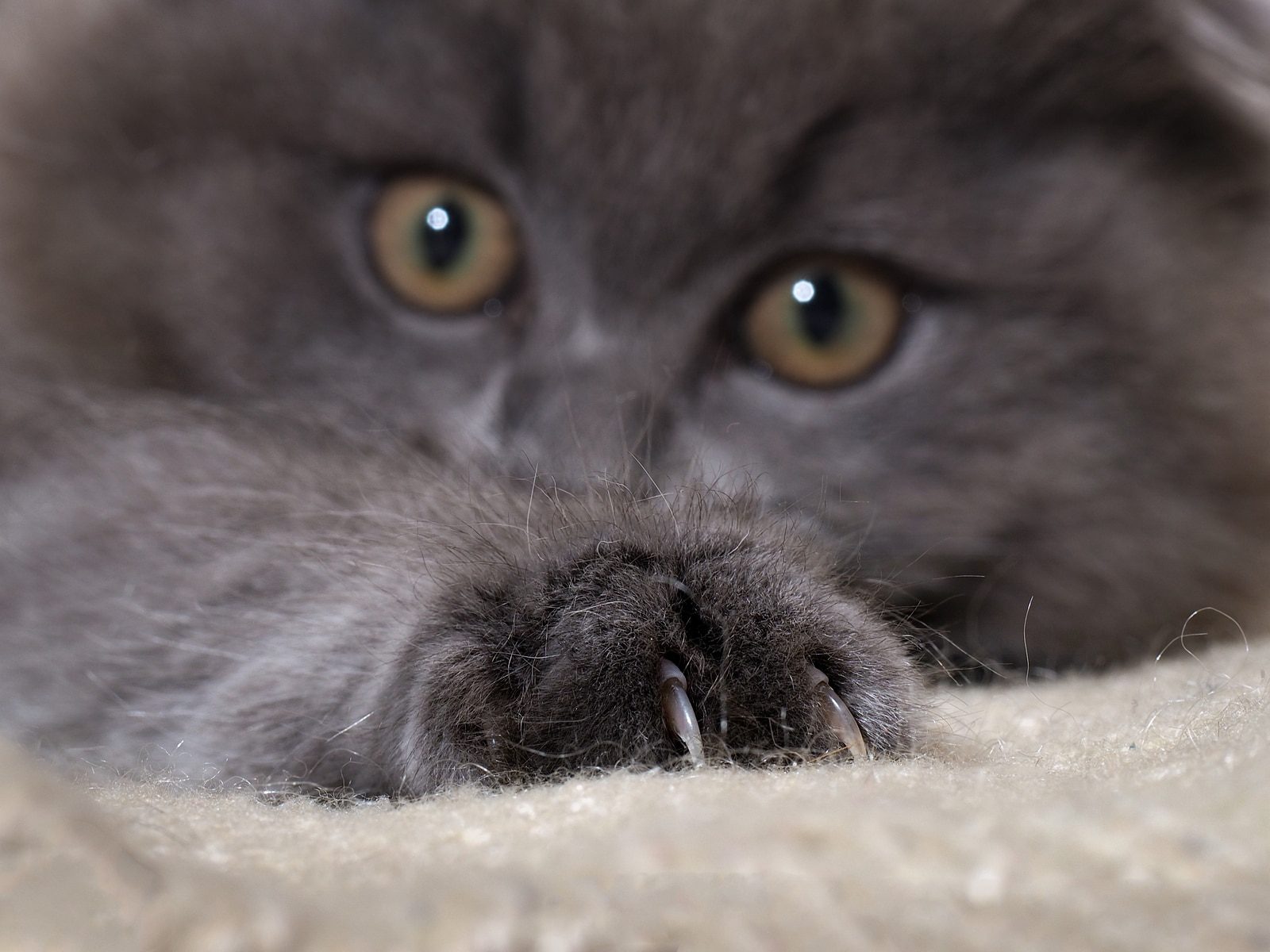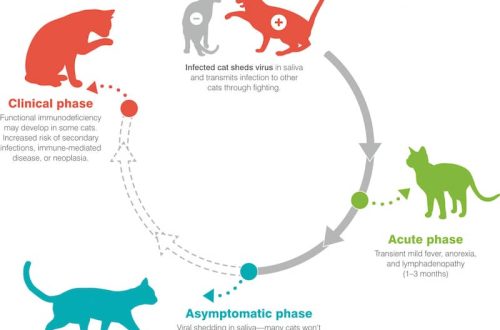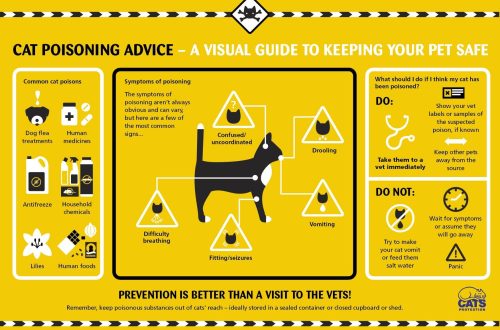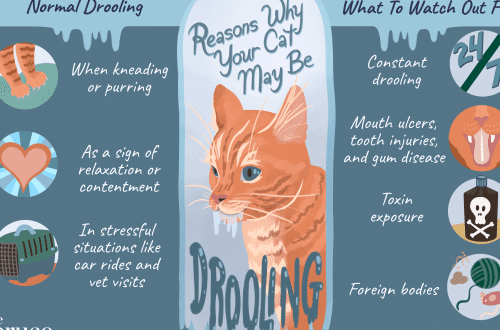
How to cut a cat’s nails
If you have a cat, you know how important it is to take care of it, whether it’s brushing its fur or brushing its teeth. But do you trim her nails? And they should!
In addition to keeping your furniture safe, there are many reasons why you should trim your nails, such as so you don’t get hurt when your cat stomps on top. “Cutting the very tip of an animal’s claws is a caring and loving gesture that you might even enjoy and don’t be afraid of,” explains Vetstreet. “For your cat, trimming her nails helps prevent injury — for example, she can break a claw by catching on a carpet.” Trimming the nails also helps to keep the pet from clattering its claws on the floor.
Ideally, a cat should be trained to trim its nails at a young age. It is best to start this procedure while your pet is still a kitten, because then he gets used to it and no longer reacts so sharply when you first take out the nail clippers.
Do not worry if you have not taught a cat since childhood: you still have the opportunity to give your beauty a manicure at home. She might not like it, but it’s worth a try.

Contents
What you need
You can purchase nail clippers from a pet store or veterinarian. Or use children’s scissors – in particular, it is very convenient to hold scissors with bulbous handles.
First, introduce your cat to scissors. Petcha advises bringing the scissors to the cat so she can sniff them. Reward her if she reacts calmly. Then, “while she is getting to know the scissors, touch them to her paws so she gets used to the feeling.” If the cat is feeling relaxed, it won’t run away or hide in secluded places as soon as you take out the scissors.
How to cut nails correctly: length after cutting
- Choose a small, safe area with a door and good lighting, such as a bathroom or bedroom.
- Prepare all supplies in advance: scissors and treats to reward your pet after the procedure.
- Sit on the floor and hold the cat firmly on your lap, belly up. Soothe her with stroking her belly and kind words. If your cat reacts to a treat, you can give her a bite to help her relax.
- Gently grasp the pet’s paw with your thumb and forefinger, press the pad so that the claws show out.
- Cut off the sharp end of the claw in a quick motion.
If you’re not sure how much to cut, cut down to the pulp, the pink part of the claw, the growth of blood vessels and nerve endings. If you hit the pulp with scissors, the cat will be very hurt and bleeding will begin. If this does happen, Princeton Vet recommends rubbing a little cornstarch or flour into the claw and pressing down to form a blood clot and stop the bleeding. In this case, it is best to leave the cat alone for the rest of the day to allow it to recover.
Nail clipping tips and what to avoid
Don’t wrap the kitten in a towel as it will only make it more frightened.
Try not to cut all the nails at once. Try one paw a day to get your cat accustomed to the procedure. You can even cut off the claws one at a time. VCA Hospitals notes, “Your goal is for your pet to associate that paw care and nail trimming is a pleasant experience.” Rewarding the animal for good behavior will help instill a sense of pride in the cat, and you will have a sense of accomplishment.
How to get by with little blood
If you can’t handle your cat, it’s time to take her to the veterinarian or pet groomer. Your grooming career may end there, but in any case, you must do what is best for you and your furry beauty.





